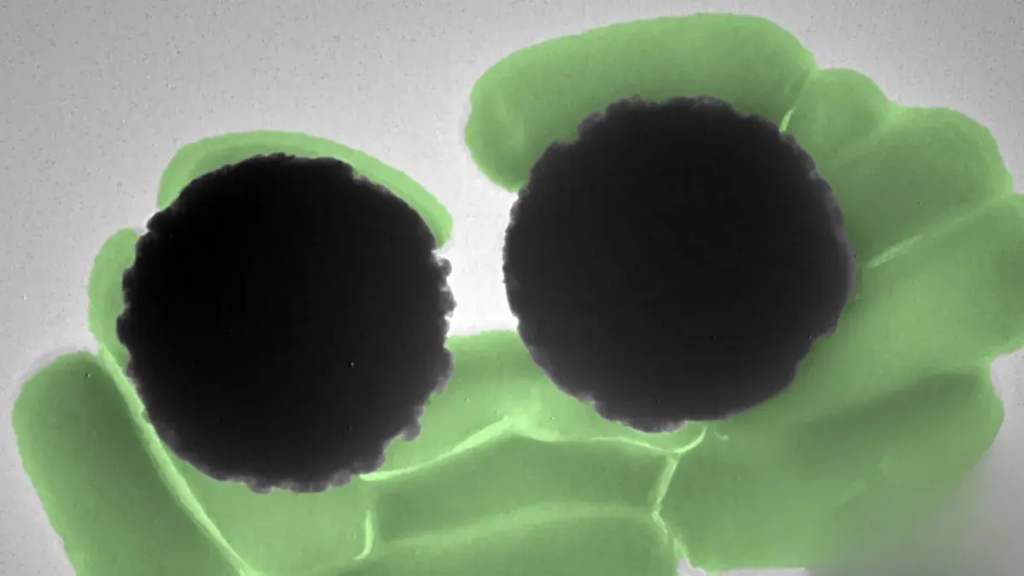Mitigating the lengthy wait times associated with diagnostic tests, MIT engineers have identified a game-changing application for Dynabeads, microscopic magnetic beads widely used in scientific experiments. These beads, coated with antibodies that target specific molecules, have now showcased a remarkable capacity to expedite contaminant detection, as demonstrated through the detection of Salmonella.
Typically deployed to capture molecules of interest in solutions, Dynabeads require subsequent intricate steps to ascertain the presence and binding of targeted molecules. MIT’s innovation harnesses Raman spectroscopy, an optical technique that identifies molecules based on their distinct “Raman signature” – a unique way a molecule scatters light. Remarkably, Dynabeads possess an exceptionally potent Raman signature, comparable to a fluorescent tag, which rapidly indicates pathogens’ presence.

The MIT team validated this breakthrough by swiftly confirming Salmonella presence using Dynabeads in a fluid sample. The Dynabeads’ signature, when exposed to laser light, was detected within mere fractions of a second, offering prompt confirmation of the presence of bound Dynabeads and, consequently, Salmonella.
“This can be used to rapidly give a positive or negative answer: Is there a contaminant or not? Because even a handful of pathogens can cause clinical symptoms,” explains Assistant Professor Loza Tadesse, part of the Department of Mechanical Engineering.
In addition to its unprecedented speed, this technique showcases versatility, with applications extending beyond Salmonella detection. The approach can be adapted for other pathogens, further accentuating its significance. In particular, the researchers are motivated to apply this method to pressing medical scenarios like sepsis, where swift identification of pathogens is critical.

The groundbreaking innovation resonates significantly in the medical landscape, offering rapid results and adaptable and portable solutions. As MIT engineers move forward, their endeavors include refining and scaling this technique to address a spectrum of applications, transforming the landscape of diagnostic testing, and significantly expediting medical decision-making.
MIT’s pioneering advancement in using Dynabeads with Raman spectroscopy promises to revolutionize diagnostic testing. By leveraging the magnetic beads’ potent signature, this breakthrough technique delivers rapid, accurate contaminant detection, paving the way for transformative changes in medical diagnostics and applications that demand swift results.


